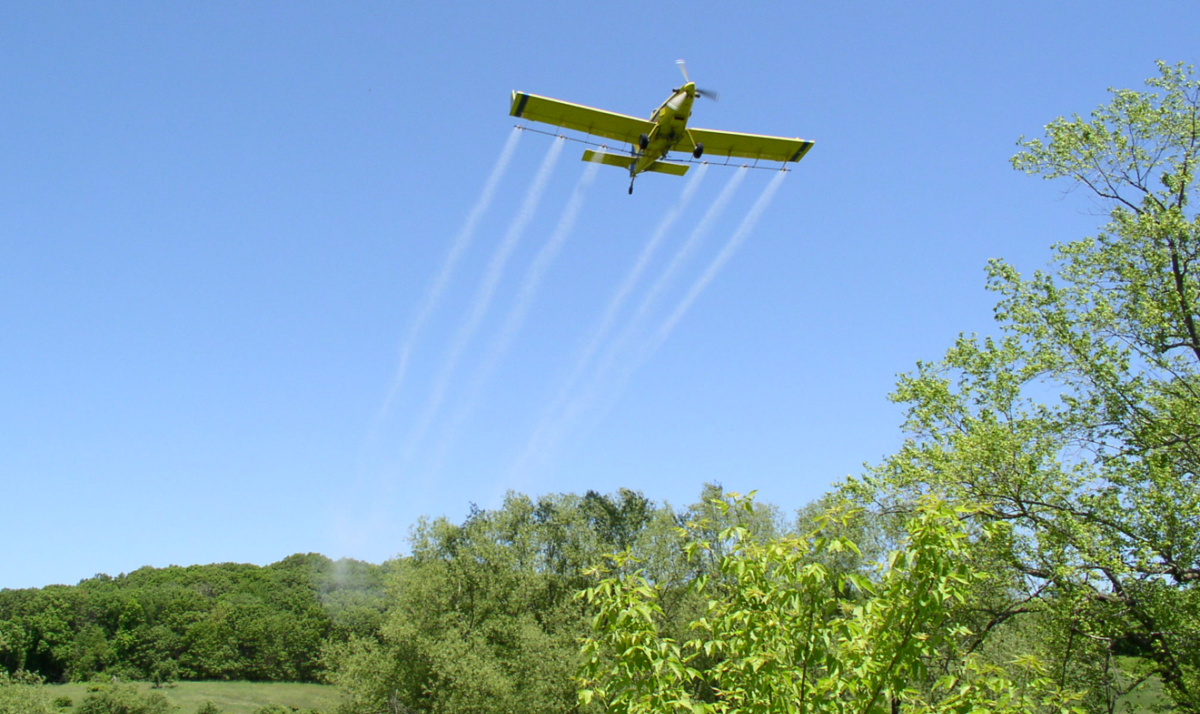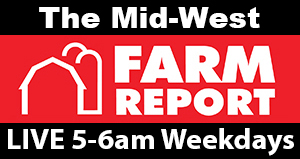
WHAT: Gypsy moth treatments by the Wisconsin Department of Agriculture, Trade and Consumer Protection’s Gypsy Moth Slow the Spread Program.
WHEN: Monday, 15-July-2019
WHERE: One site in Burnett, Douglas and Washburn Counties will be treated with an organic mating disruption product.
Maps of all treatment sites are online at https://datcpgis.wi.gov/maps/?viewer=gm.
WHY: Treatments are necessary to control the spread of gypsy moth, a destructive and invasive pest that feeds on the foliage of oak, aspen, crabapple, birch, and hundreds of other species of trees and shrubs.
TIMING: Treatment applications can start as early as 7 a.m. and continue throughout the day until the treatment is complete, as weather conditions allow. Application conditions require limited winds and no precipitation. Yellow, single-engine applicator planes fly low above the forest canopy and are loud.
PRODUCT & EFFECTS: Planes will be applying an organic, biodegradable mating disruption product.The product is dispersed across the forest canopy as small waxy droplets which slowly release the synthetic gypsy moth mating pheromone.
Female gypsy moths do not fly, but give off a pheromone, or a chemical scent, which attracts male gypsy moths. The product applied to the tree canopy emits the same scent. These treatments are highly effective at reducing the mating success of this insect. Past research shows this can reduce gypsy moth populations by over 90% in the subsequent year. The composition of the chemical signal released is specific to gypsy moth and will not interfere with the lifecycle of other insects. It is also non-toxic to people, bees, animals, birds, and plants.
Pets or livestock may be frightened by the noise of the low-flying planes, so keep them indoors or monitor them.
FOR MORE INFORMATION: Treatment updates are available as a recorded message on the toll-free hotline 1-800-642-6684 (press 1). You also can call the hotline to talk directly to DATCP staff (press 3) or leave a message. Please include your name, phone number, and county of residence in your message.
For more information or to view maps of the treatment sites, visit http://gypsymoth.wi.gov. You can also send an e-mail to [email protected].
You also can get instant updates by connecting with us on Twitter (http://twitter.com/widatcp) or Facebook (http://www.facebook.com/widatcp).

Leave a Reply